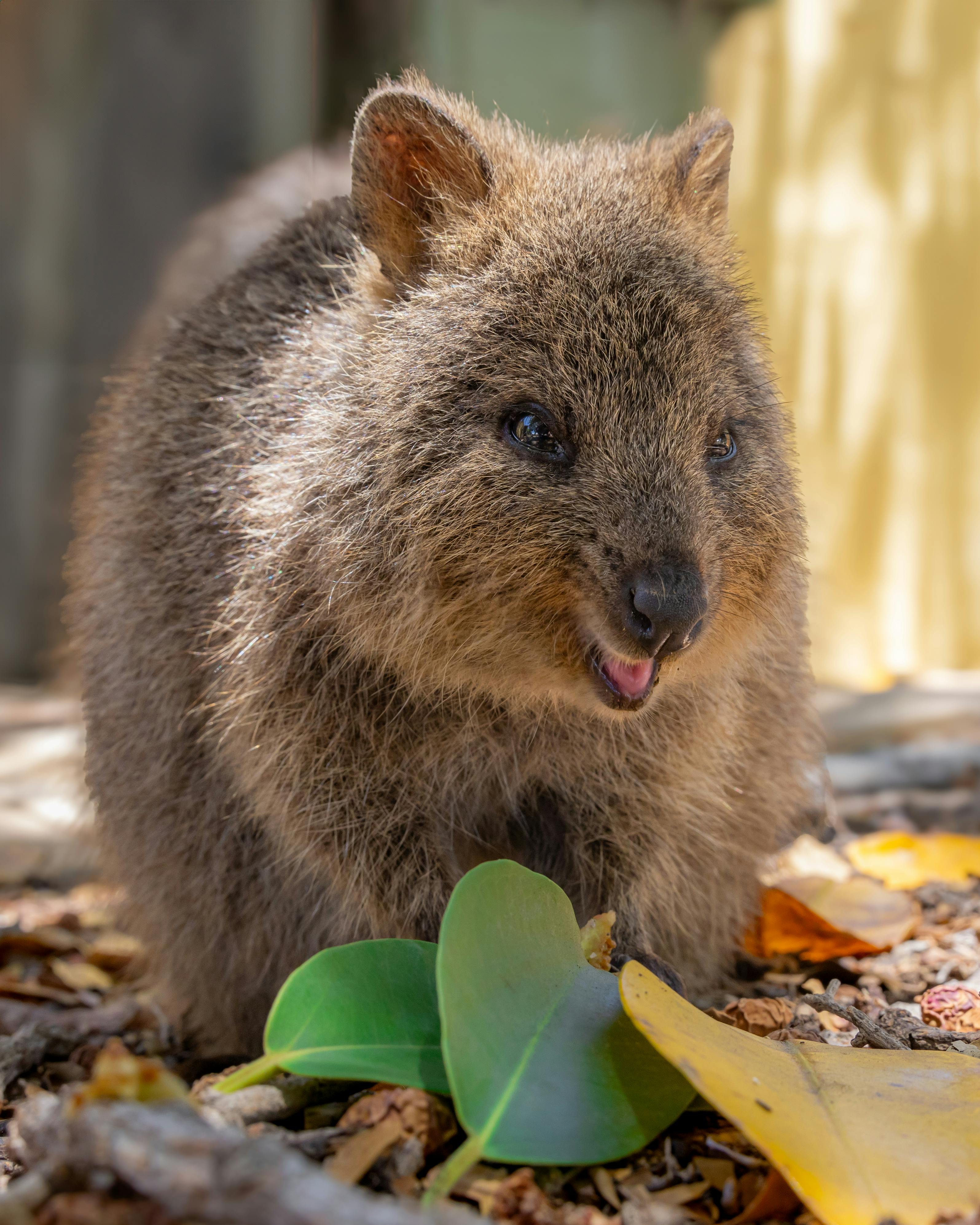Unraveling the Intricacies of Capybara Cohabitation: An Exemplary Model of Social Structures
The animal kingdom is teeming with fascinating creatures exhibiting a wide range of behaviors and social structures. In this article, we delve into one such intriguing example: The Capybara, the world's largest rodent, renowned for its unique cohabitation patterns and exceptional sociability. We will unpack the capybara's social structure, explore the latest research, and discuss its implications for other species and pet owners.

The Capybara: A Brief Background
The capybara, native to South America, is a semi-aquatic mammal that can weigh up to 75 kilograms. Living in large groups of up to 100 individuals, capybaras are known for their complex social structures, which bear a striking resemblance to human communities. The hierarchical order within the group, cooperative breeding, and shared responsibilities among members make this species an intriguing study subject.
Understanding Capybara Social Structure
Capybara groups are typically led by a dominant male, who earns his position through a combination of age, size, and aggression. The rest of the group consists of several females, their offspring, and a few subordinate males. The group dynamics revolve around the leader, who maintains order and ensures the safety of the group. Subordinate males, although lower in the hierarchy, play vital roles including vigilance and grooming tasks.
Current Research and Findings
Recent research has shed light on the capybara’s social behavior, particularly their cooperative breeding system. Unlike many mammalian species, capybaras display a high level of alloparenting, where individuals other than the biological parents care for the young. This behavior, combined with their tolerant attitude towards other species, has piqued the interest of scientists and pet enthusiasts alike.
The Capybara in the Pet Market
The unique behavior and docile nature of capybaras have made them increasingly popular as exotic pets in recent years. While the cost of a capybara can range from $500 to $3000, potential owners should also consider the extensive care, space, and social interaction these animals require. Their presence in the pet market has sparked debates about the ethics of keeping such sociable and wide-ranging animals in domestic settings.
Insights from Capybara Behavior
The capybara’s social structure, marked by cooperation and shared responsibility, offers valuable insights for pet owners and wildlife enthusiasts. It serves as a reminder of the importance of social interaction, not just for capybaras, but for many pets that thrive on companionship. Furthermore, their peaceful cohabitation with other species exemplifies tolerance, a trait that is as relevant to humans as it is to capybaras.
In conclusion, the capybara’s fascinating social structure and behavior offer a unique perspective on animal cohabitation. By studying their social structure, we can gain invaluable insights into the complexities of the animal kingdom and deepen our understanding of our own pets. However, as we continue to explore the captivating world of the capybara, it is crucial to respect their natural habitats and consider the ethical implications of their presence in the pet market.




